Focus on Data Security and Privacy
Data security and privacy concerns are paramount in the Acute Care EHR Market. With the increasing digitization of health records, the risk of data breaches has become a significant concern for healthcare organizations. As a result, there is a growing emphasis on implementing robust security measures to protect sensitive patient information. Healthcare providers are investing in advanced encryption technologies and cybersecurity protocols to safeguard their EHR systems. This focus on data security not only helps in maintaining patient trust but also ensures compliance with regulations such as the Health Insurance Portability and Accountability Act (HIPAA). The ongoing commitment to data protection is likely to drive further investments in EHR systems.
Regulatory Compliance and Incentives
Regulatory compliance plays a pivotal role in shaping the Acute Care EHR Market. Governments and health organizations are establishing stringent regulations to ensure the quality and safety of patient care. For instance, the implementation of the Health Information Technology for Economic and Clinical Health (HITECH) Act has incentivized healthcare providers to adopt EHR systems. This has resulted in a significant increase in EHR adoption rates, with estimates suggesting that over 85% of hospitals have implemented some form of EHR by 2025. Compliance with these regulations not only enhances patient safety but also positions healthcare organizations favorably in terms of reimbursement and funding opportunities.
Shift Towards Value-Based Care Models
The shift towards value-based care models is reshaping the Acute Care EHR Market. Healthcare providers are increasingly incentivized to focus on patient outcomes rather than the volume of services provided. This paradigm shift necessitates the use of EHR systems that can track and analyze patient data effectively. EHR systems equipped with analytics capabilities enable providers to monitor patient progress and adjust treatment plans accordingly. As value-based care continues to gain traction, the demand for EHR systems that support these models is expected to rise. This trend may lead to a more integrated approach to patient care, ultimately benefiting both providers and patients.
Rising Demand for Efficient Patient Care
The Acute Care EHR Market is experiencing a notable surge in demand for efficient patient care solutions. Healthcare providers are increasingly recognizing the necessity of streamlined processes to enhance patient outcomes. This demand is driven by the need for timely access to patient information, which can significantly reduce the time spent on administrative tasks. According to recent data, hospitals that have implemented EHR systems report a 20% increase in patient satisfaction due to improved care coordination. As healthcare systems strive to meet regulatory requirements and improve operational efficiency, the adoption of EHR systems in acute care settings is likely to continue its upward trajectory.
Technological Advancements in EHR Systems
Technological advancements are a driving force in the Acute Care EHR Market. The integration of artificial intelligence, machine learning, and data analytics into EHR systems is transforming how healthcare providers manage patient information. These technologies enable predictive analytics, which can identify potential health risks and improve clinical decision-making. Furthermore, the incorporation of telehealth functionalities within EHR systems is becoming increasingly prevalent, allowing for remote patient monitoring and consultations. As these technologies evolve, they are expected to enhance the functionality and usability of EHR systems, thereby attracting more healthcare providers to adopt these solutions.


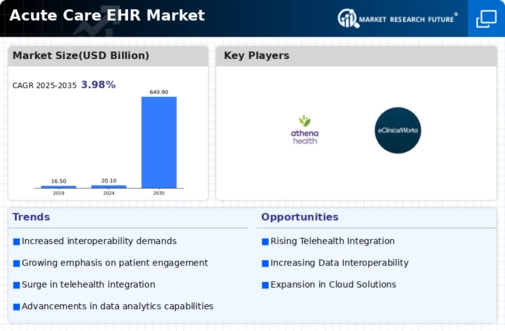

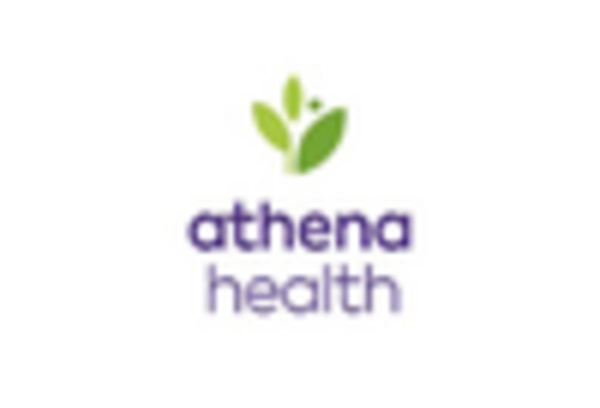
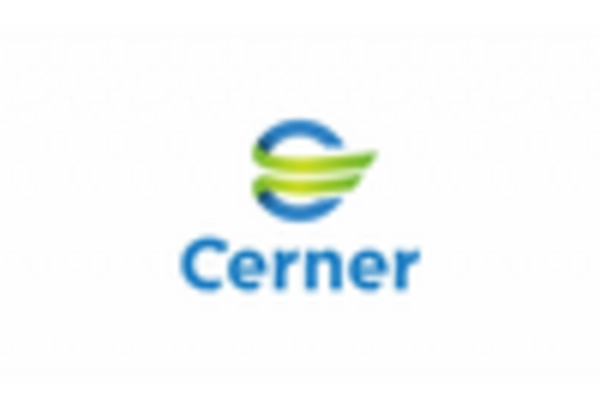
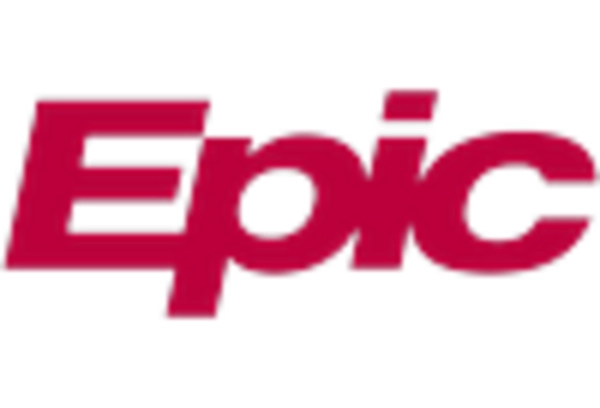
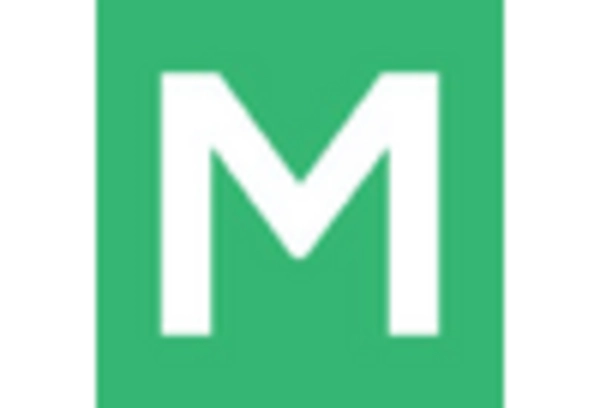
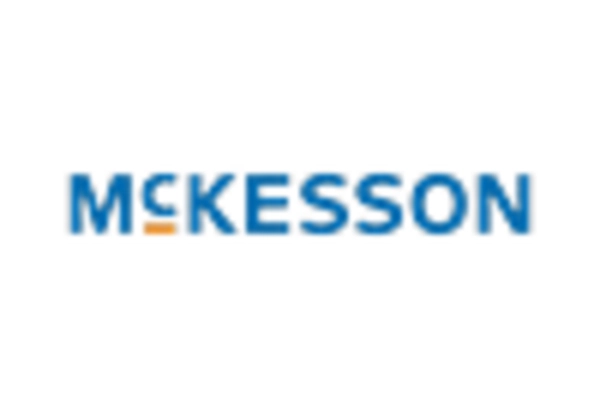








Leave a Comment